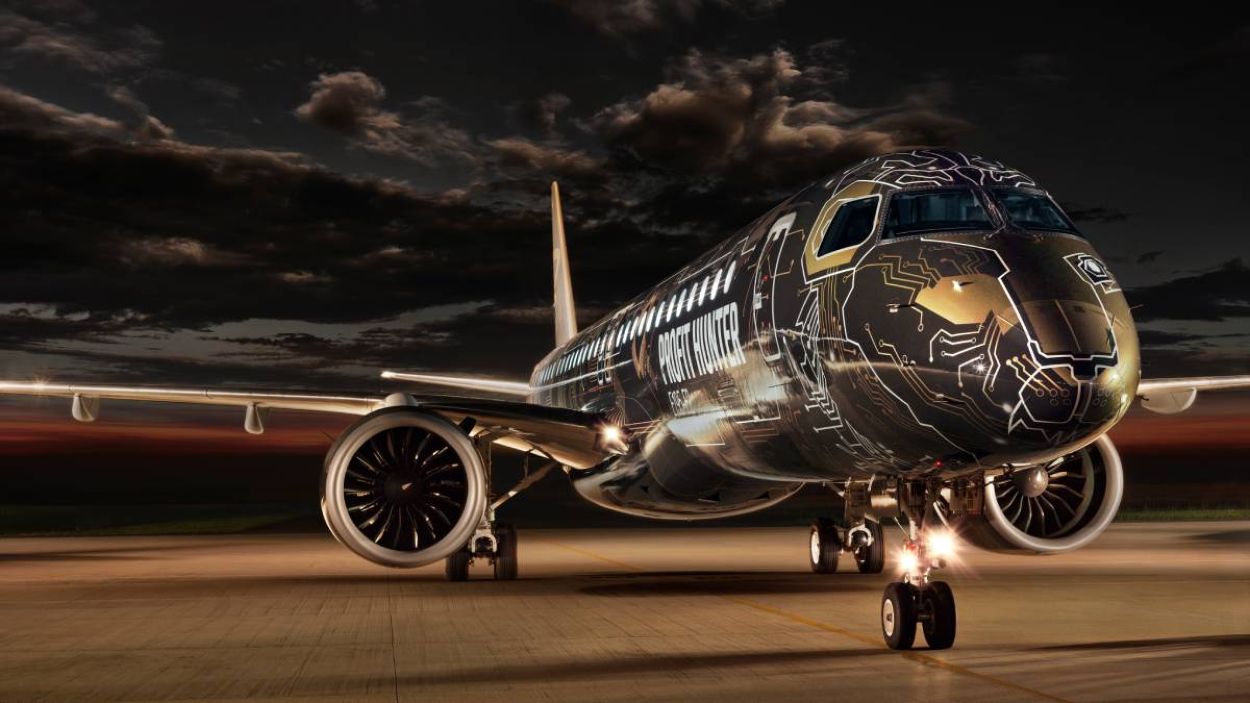With a particular focus on China and India, Embraer, the world’s largest non-western aircraft supplier and the third-largest civil aircraft manufacturer behind Airbus and Boeing, is making significant efforts to strengthen its position in Asia’s expanding narrow-body passenger jet market.
The Brazilian firm wants to produce and deliver almost 100 planes annually with up to 150 seats by 2025. Embraer CEO Francisco Gomes Neto recently announced that the strategy’s key focus would be on Asian markets like China and India.
Embraer is a market leader for commercial aircraft in the 150-seater and below category. To deliver 100 aircraft globally in a year would be a 75% increase over what was delivered in the previous year.
Embraer’s strategy to expand its footprint comes when tensions between China and the United States have led to constraints in American aircraft exports to Beijing, as recently noted by Hong Kong-based South China Morning Post.
In addition, analysts have predicted that the decoupling between the two rivals will eventually lead to more declines in aviation trade. This has caused ripples in the aviation market since Beijing has traditionally been the biggest buyer of American firm Boeing’s jets.
According to the United Nations COMTRADE Database, the US exported aircraft, engines, and parts to China in 2022 for a value of US$5.53 billion, a slight increase from US$4.71 billion in 2021. But it was less than a third of the record US$18.22 billion shipped in 2018.
China is US’ largest export market.
The US-based Peterson Institute of International Economics (PIIE) said in a report last month, “Out of dependency concerns, China may be especially hesitant to buy Boeing products after observing how Western countries had imposed sanctions on exports of aircraft parts and services to Russian commercial airline fleets, following Russia’s invasion of Ukraine in February 2022.”

This is where the Brazilian firm Embraer comes into the picture, making its timing perfect for growth in its business in the region. The company has reportedly set up the delivery of planes to China. The E190-E2 commercial jet, the newest model in Embraer’s E2 series, received type certification from Chinese authorities in November.
This signifies that the aircraft’s design has been approved for airworthiness and other norms. Type certification for the E195-E2 is anticipated to happen soon. Embraer jets must compete with the ARJ21, made by the state-owned Commercial Aircraft Corporation of China (COMAC).

However, the CEO argues that the E2 series is better, citing its “extreme efficiency, very quiet, and very comfy” attributes. According to reports, newer orders from Beijing may be announced later this month when Brazilian President Luiz Inacio Lula da Silva commences his visit to China on April 11.
To reduce its dependence on aircraft manufacturers Boeing and Airbus, China has made significant investments in developing its 737 and A320-rivaling narrow-body passenger aircraft. The C919 is anticipated to enter commercial service early this year after more than 14 years of development and certification.
As for Embraer, besides tapping into the Chinese market currently reeling under the pressure of decoupling with the US, the Brazilian firm has also set its sight on India.
Embraer Is Also Wooing India!
Gomes Neto informed the media that his company is negotiating a deal to supply passenger jets to Indian airlines by 2024. India is the fastest-growing aviation market; however, the country has not yet received any deliveries from Embraer.
In addition, Embraer is also in talks with India to deliver warplanes. The company has stated that if orders are obtained, Embraer may open a manufacturing facility with a local partner in India.
Last month, media reports indicated that India sought to collaborate with international aircraft manufacturers, such as Embraer SA and Russia’s Sukhoi, to produce small planes locally to boost connectivity in remote and small towns.
Citing unknown individuals cognizant of the matter, the report stated that the government would maintain a 51% equity stake in an Indian company while asking the foreign partner to share technology.
Embraer may have seen an opportunity to grow in a promising and expanding market, as India is trying to ramp up production of the small-plane fleet with many airports under the nation’s civil aviation Regional Connectivity Scheme not equipped to handle narrow-body aircraft of Airbus and Boeing.

Market researcher Japan Aircraft Development Corp. (JADC) predicts that the global market for 61- to 170-seat jets is expected to reach 15,425 units between 2022 and 2041, with a value of US$1.38 trillion. Although the demand slowed down in 2020 owing to the COVID-19 pandemic, it has seen an uptick since 2021.
According to JADC data, Embraer delivered 41 aircraft, including cargo planes, that year, dominating Canadian rival Bombardier, which only delivered three aircraft.
Embraer, on its part, predicts that the market for passenger aircraft with 150 seats or fewer is expected to reach 8,500 units globally, with at least 2,200 of them from the Asia-Pacific region, including China and India. Gomes Neto added that the company sees a lot of sales in the Asia Pacific. “We see a lot of movements or sales — very good opportunities for Embraer.”
- Contact the author at sakshi.tiwari9555 (at) gmail.com
- Follow EurAsian Times on Google News




